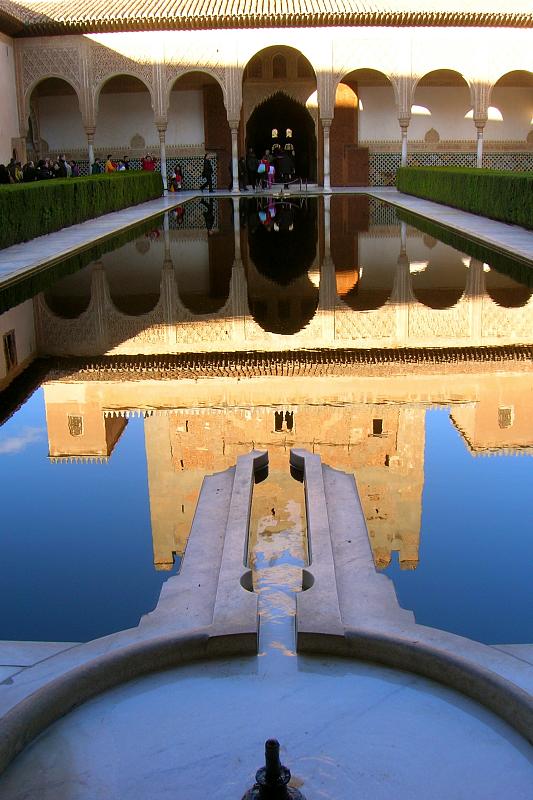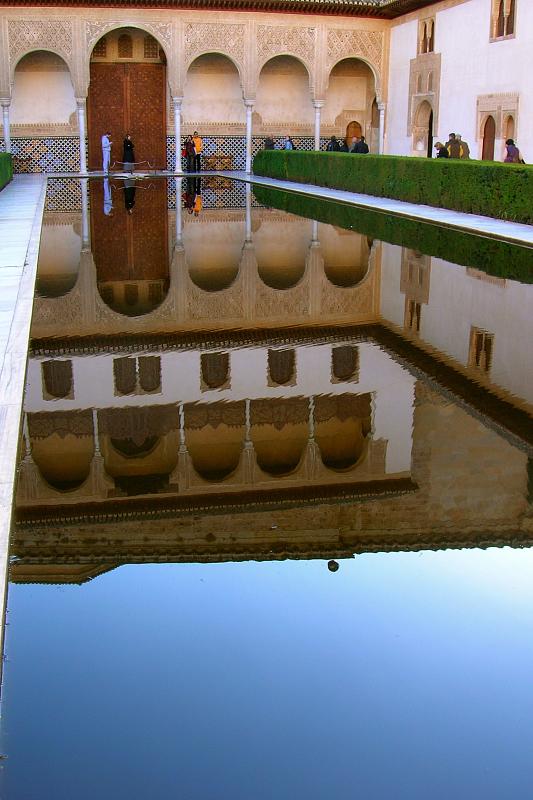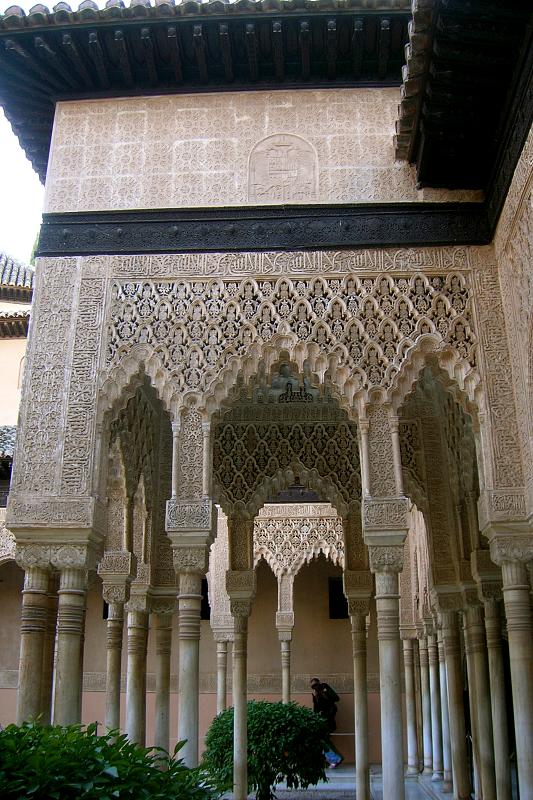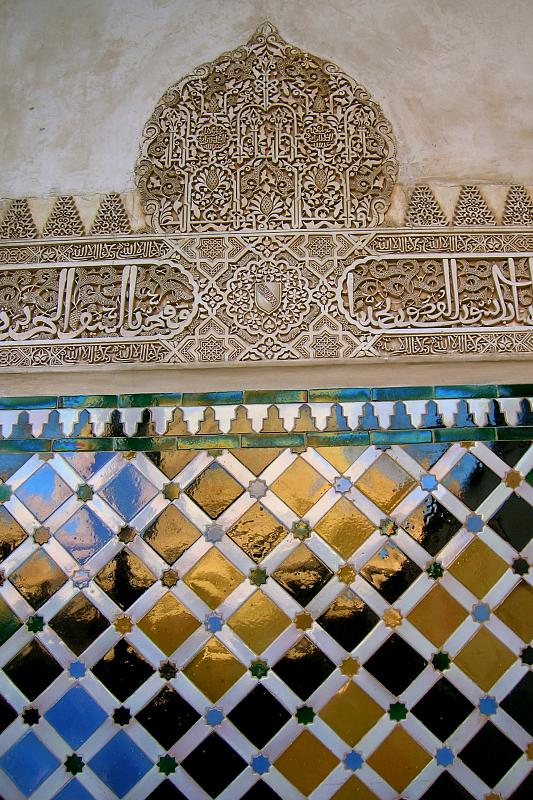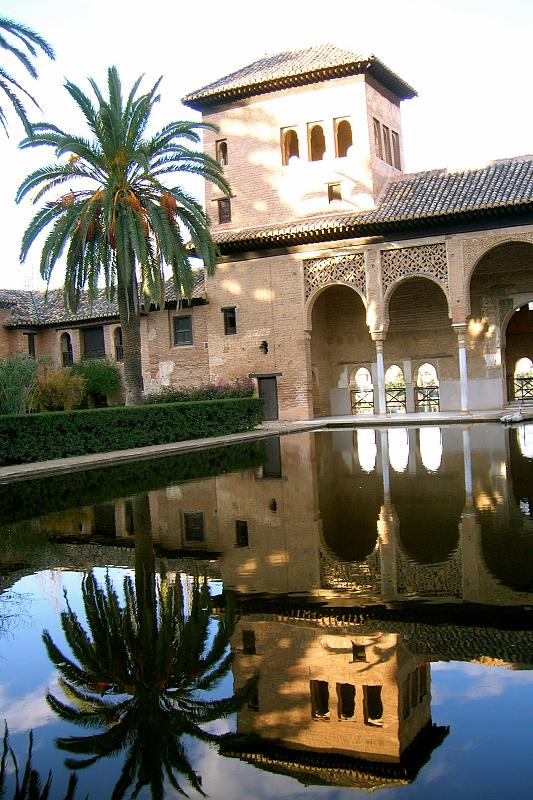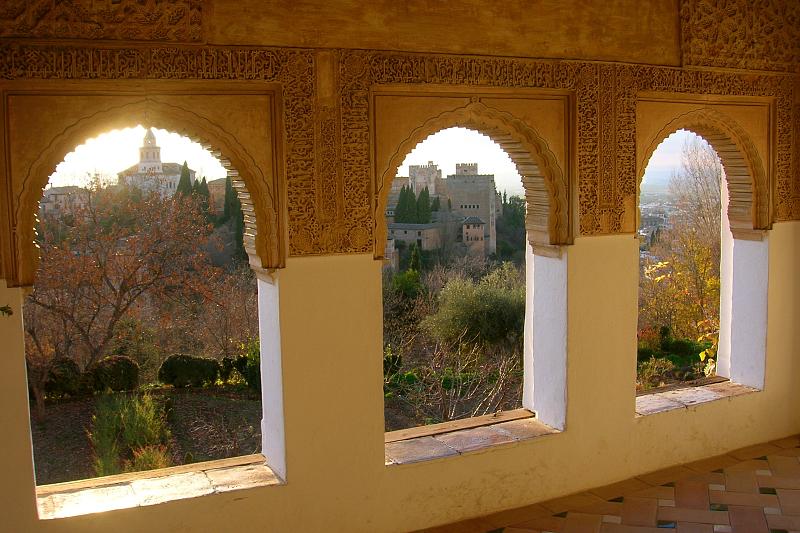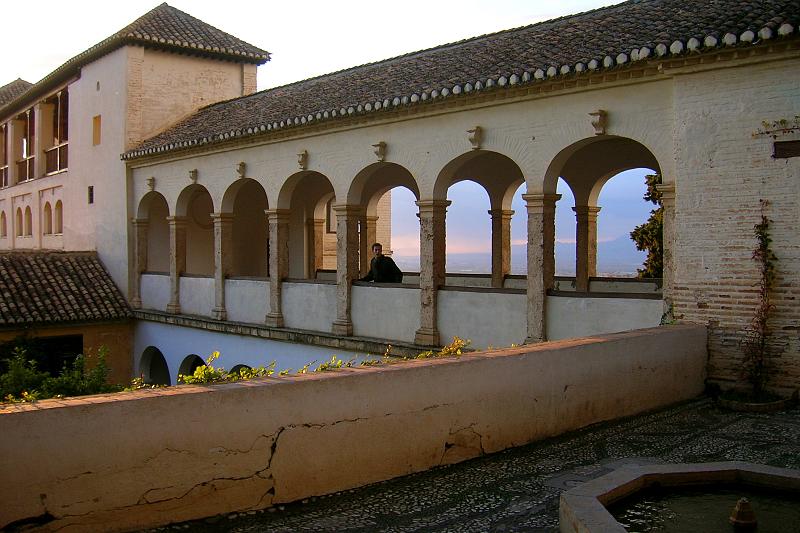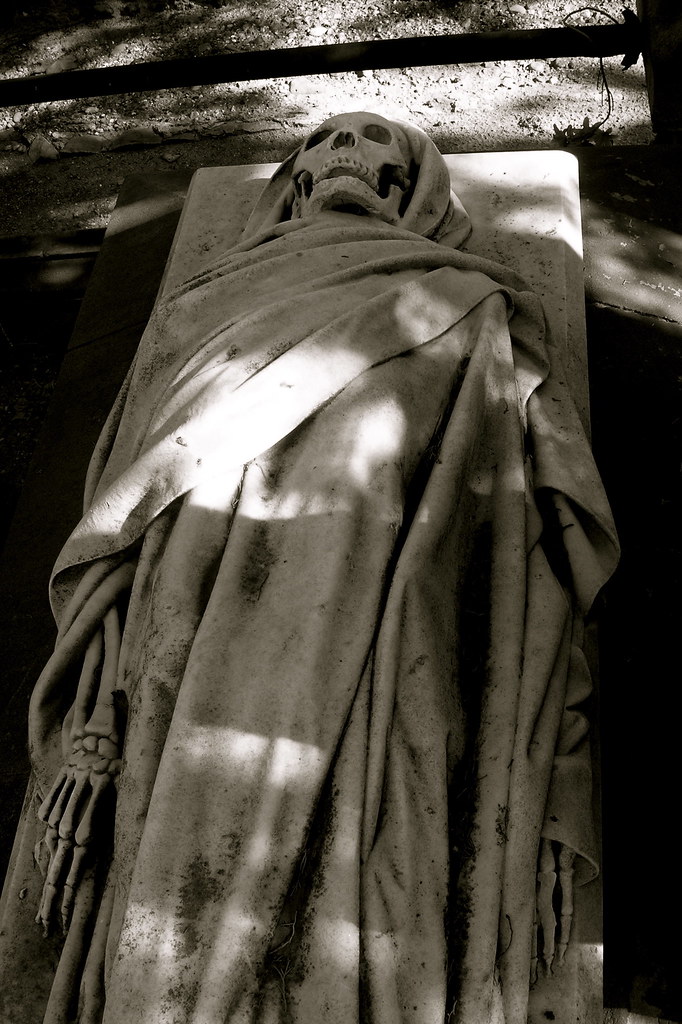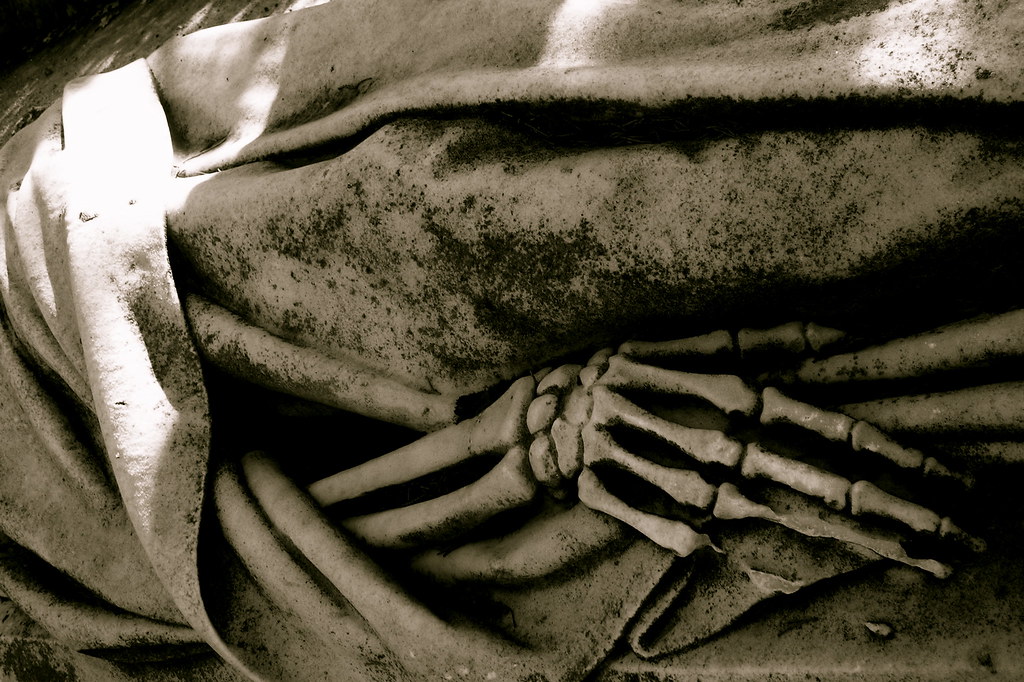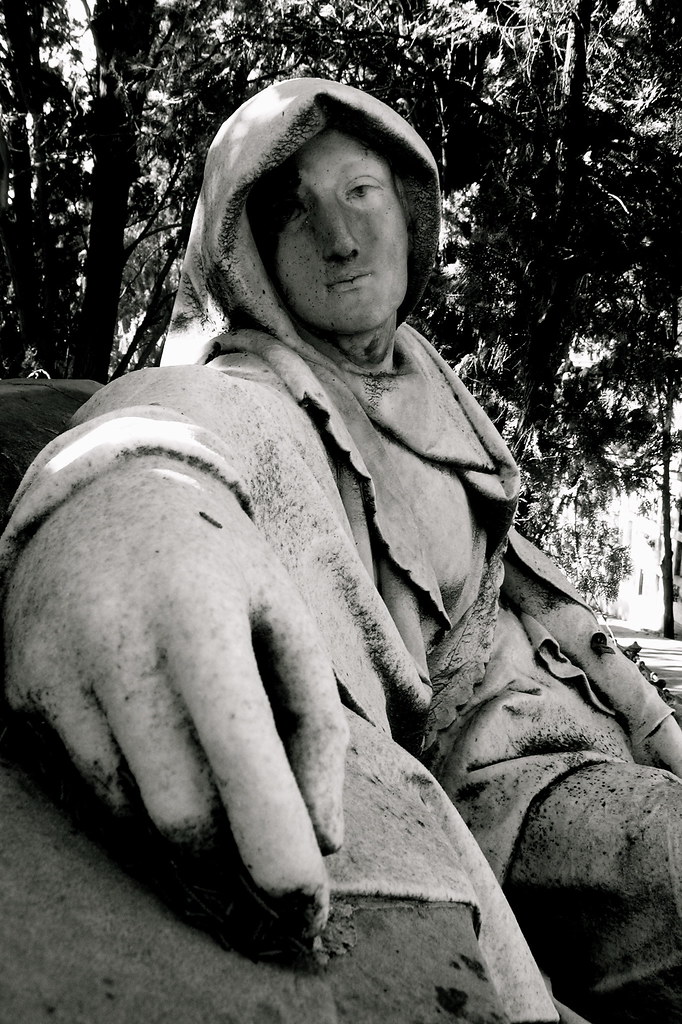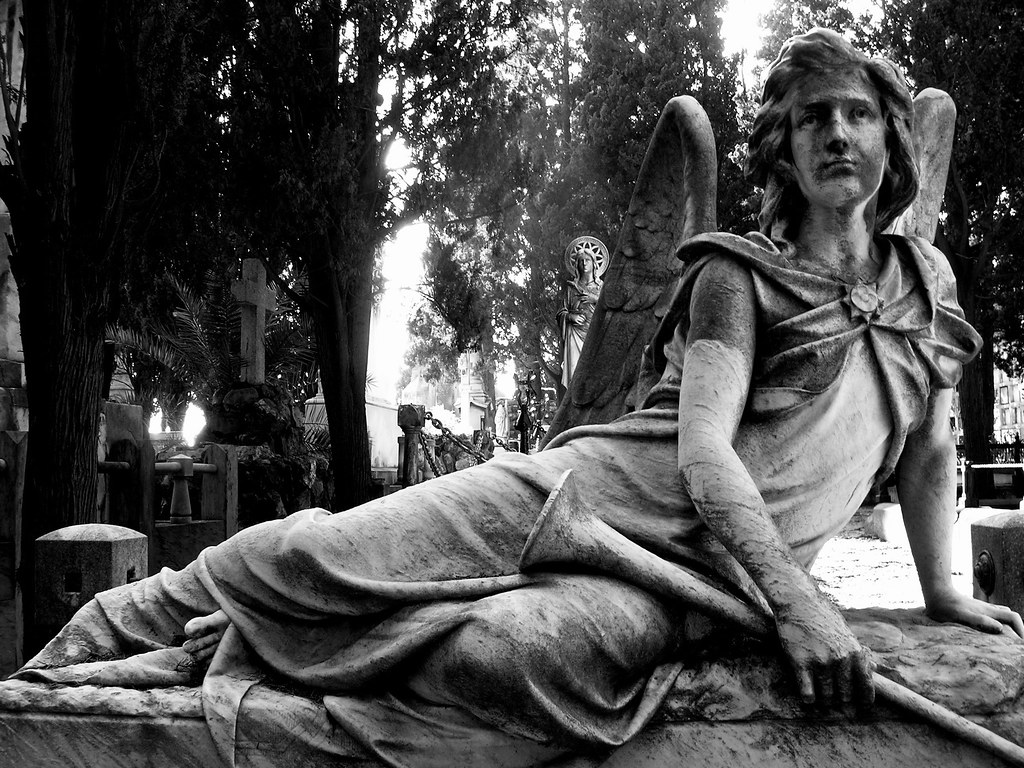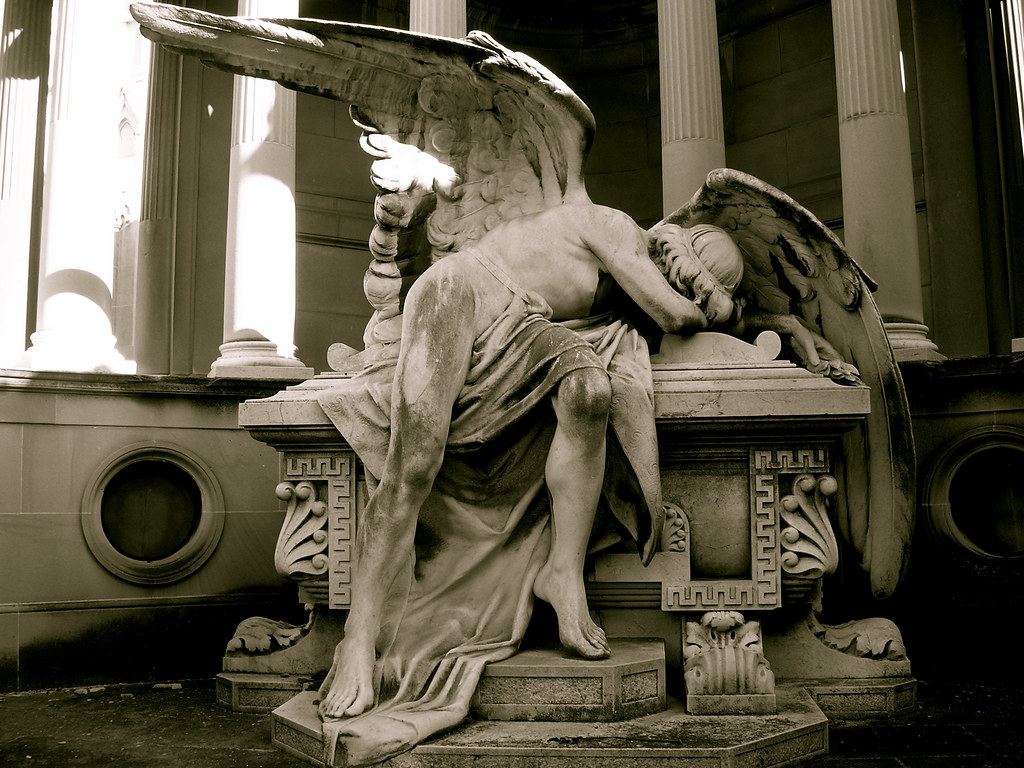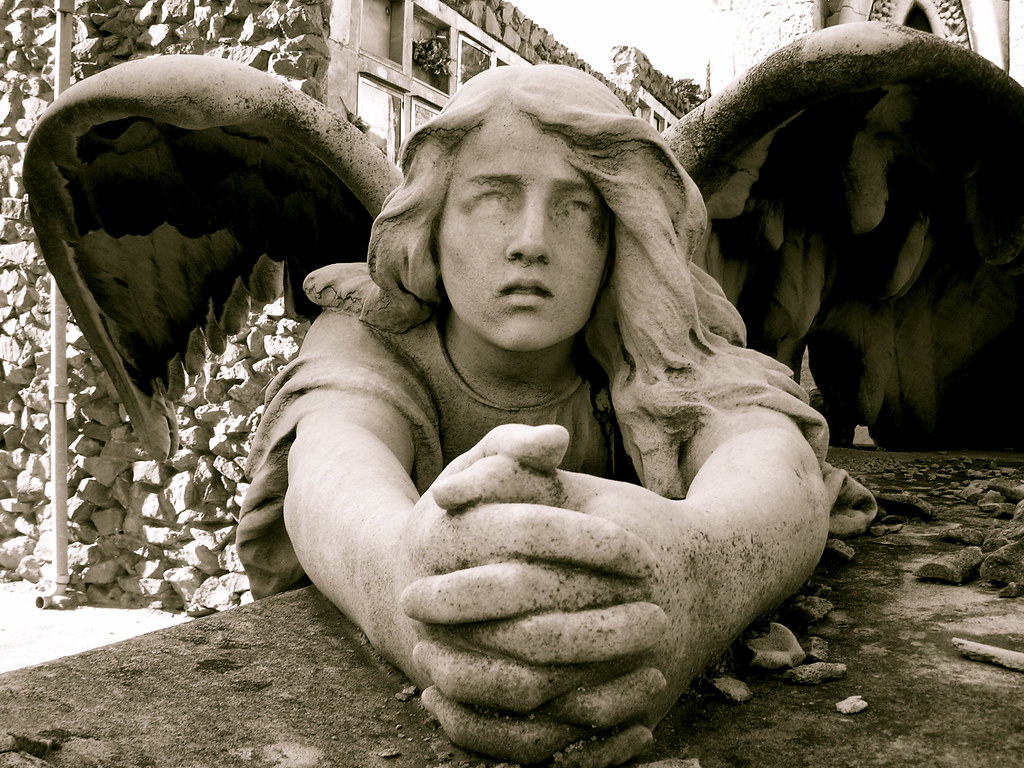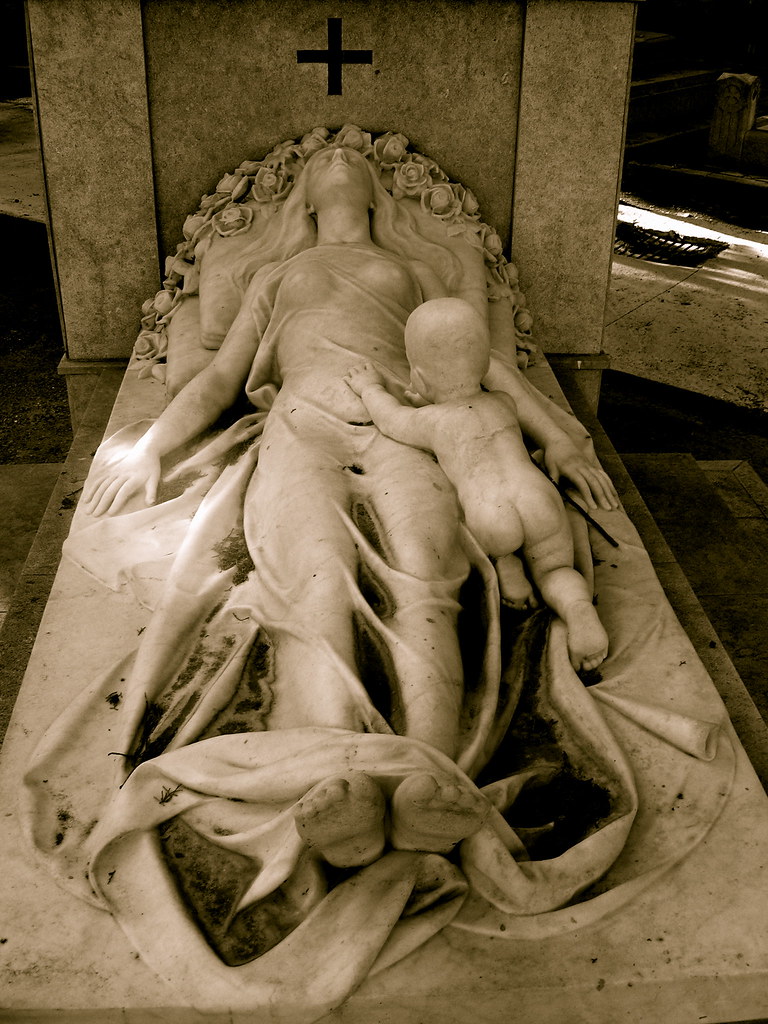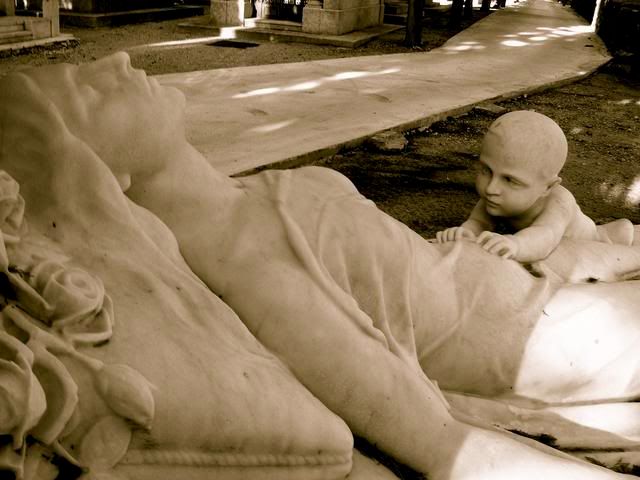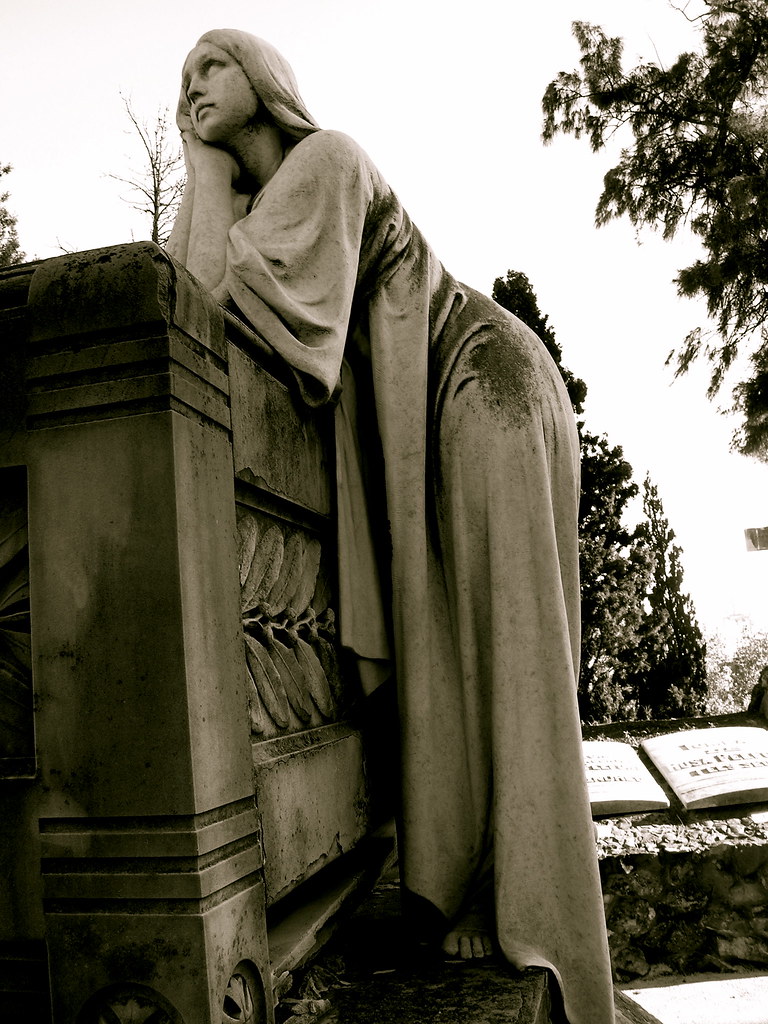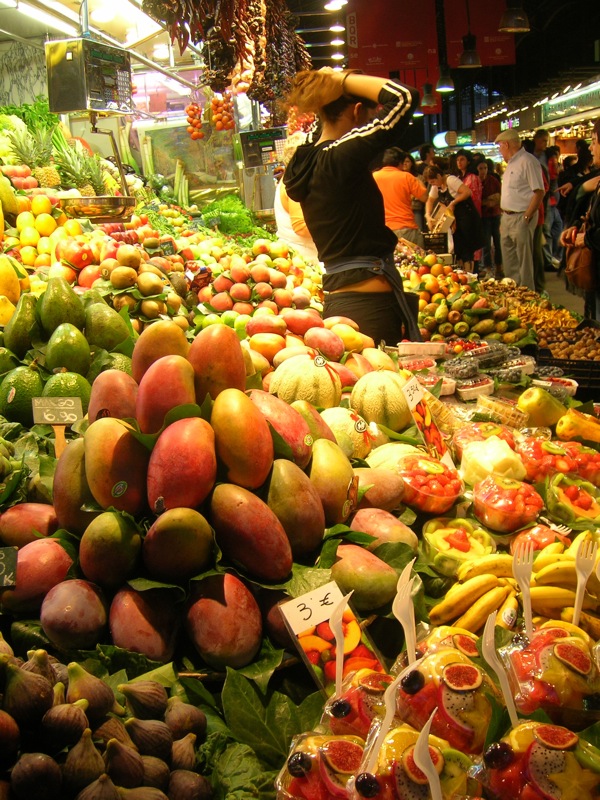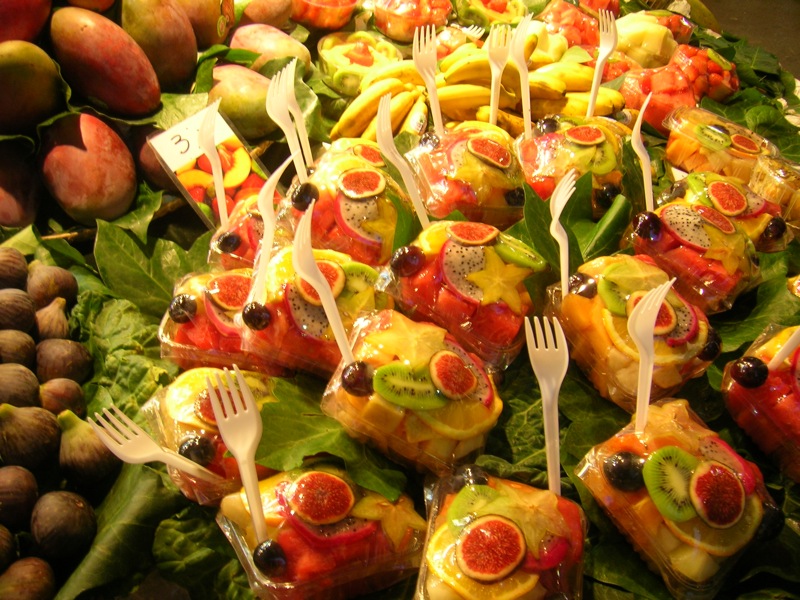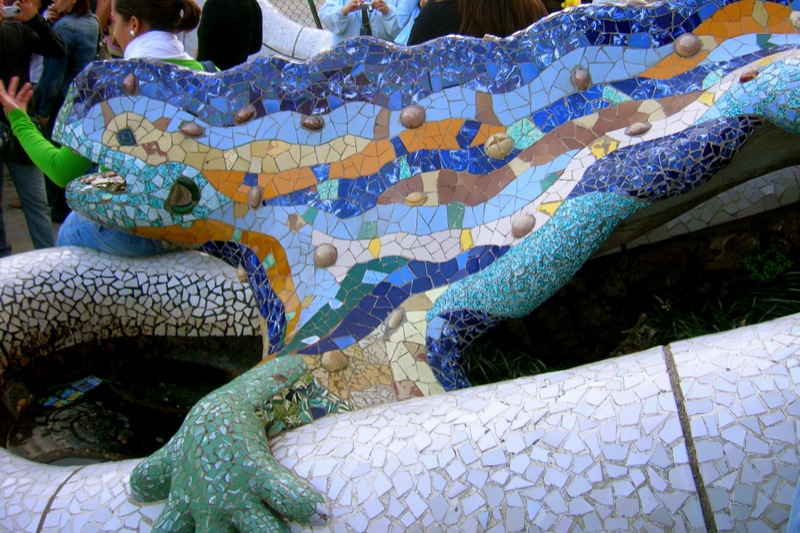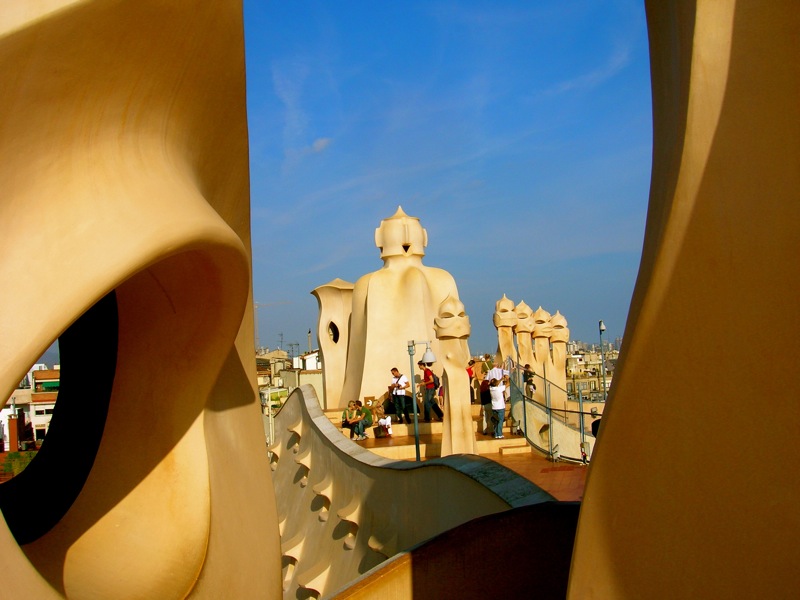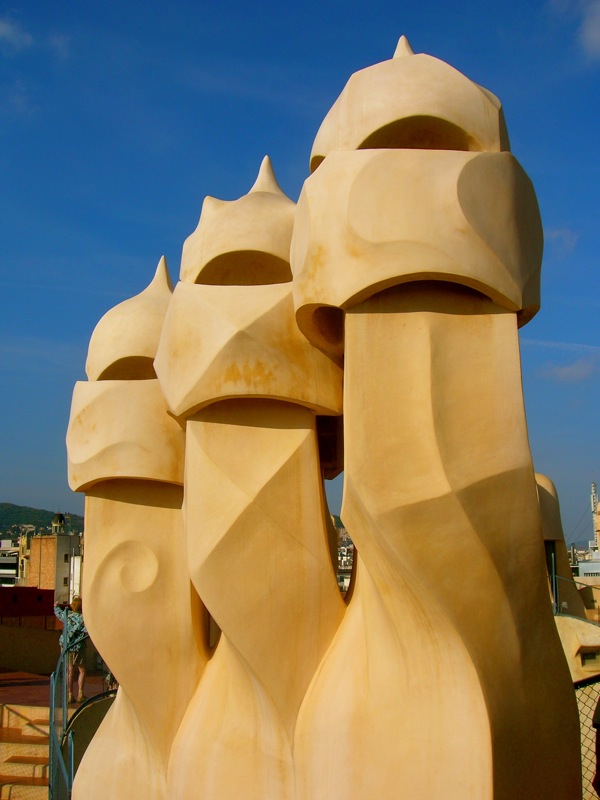Granada is a vibrant young university town with free tapas, plenty of nightlife and it bustles with tourists hoping to conjure history and romance. This is a place where gypsies can and do take full advantage of their well-known mystique, which clearly glitters in the eyes of tourists, and quickly part them from their euros in return for palm readings and a sprig of rosemary. In the narrow labyrinth streets on Christmas night we also saw a witch in a filthy dress and matted hair cursing and spitting on an upside down framed picture of Christ on the cross. Such are the passions and mysteries of this city which enflame the imagination.
With its the old Arab quarter of Albaicín and Gypsy caves, Sacromonte (Holy Mountain) is an enchanting place to spend the day wandering and getting lost.
Wandering up the hill:
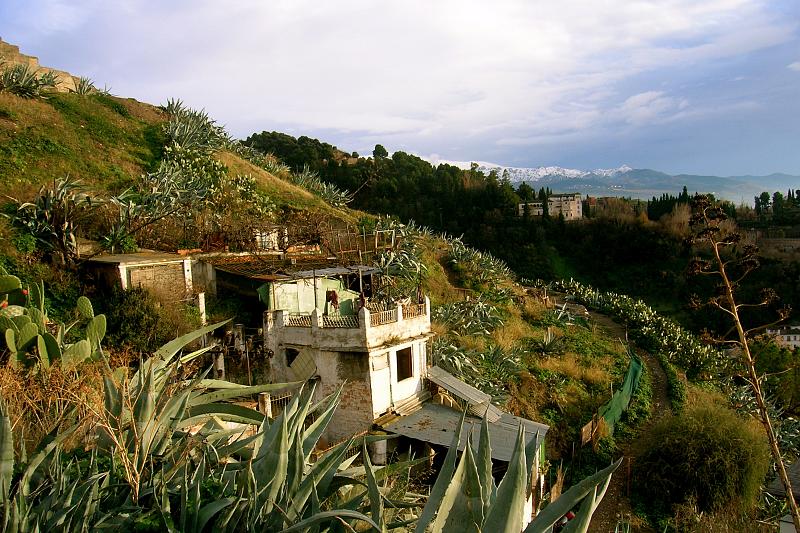
A gypsy cave house on Sacromonte.
On Summer nights this area comes alive with castanets, strumming guitars and strutting dancers. This tourist trap is called a Zambra. Fortunately, since we were here in winter, it was quiet and no gypsies emerged to sell us their wares.
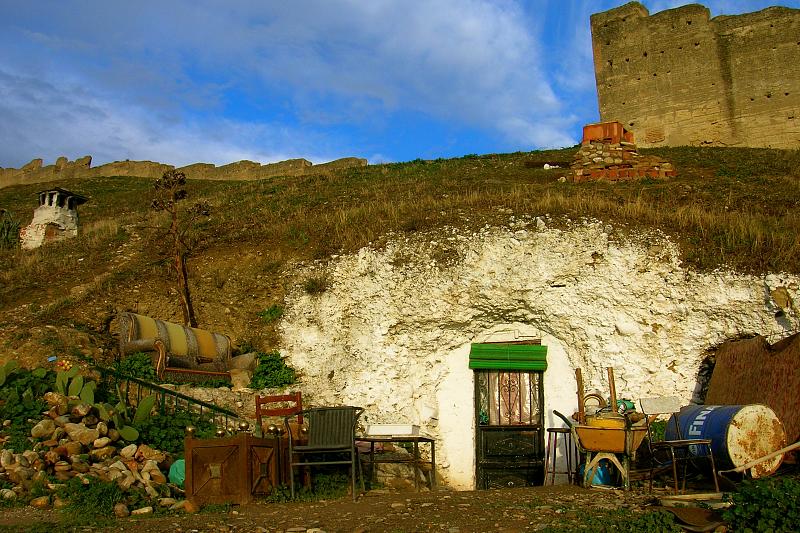
A gypsy cave with two chimneys near the old wall.
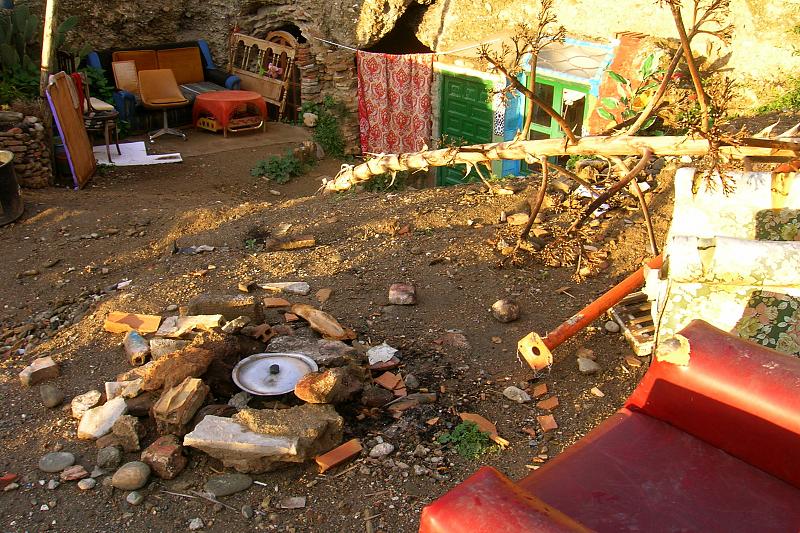
A gypsy cave, campfire, and assortment of furniture.
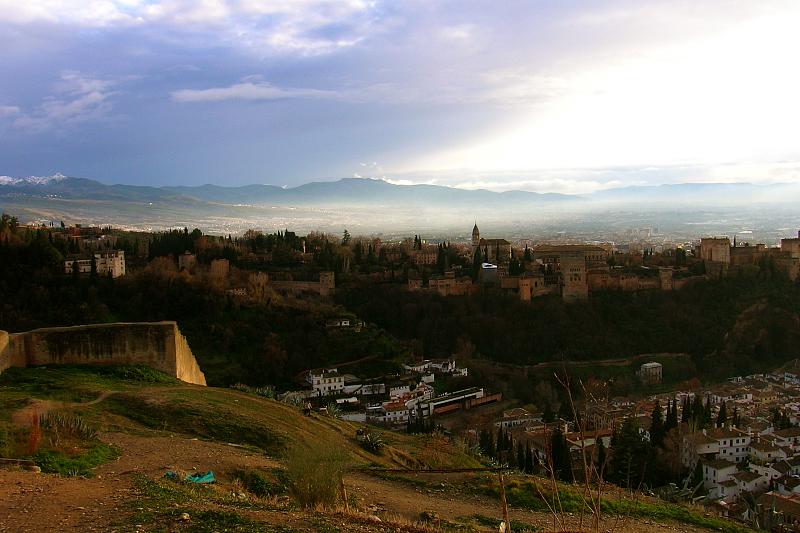
A spectacular view of the Alhambra and mountains from the top of sacromonte.

At the gate to the Museo de Sacromonte... a dog skull with a gypsy cave in the background.
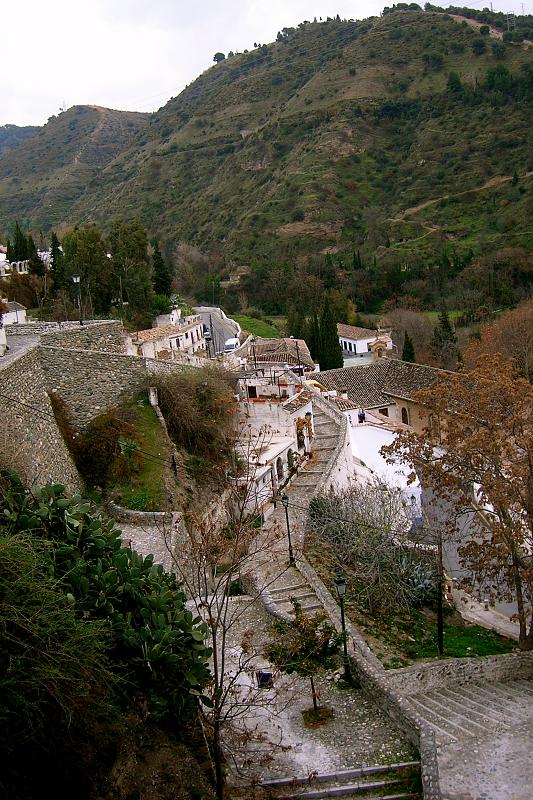
Along Camino del Sacromonte.
Wandering around Albaicín:
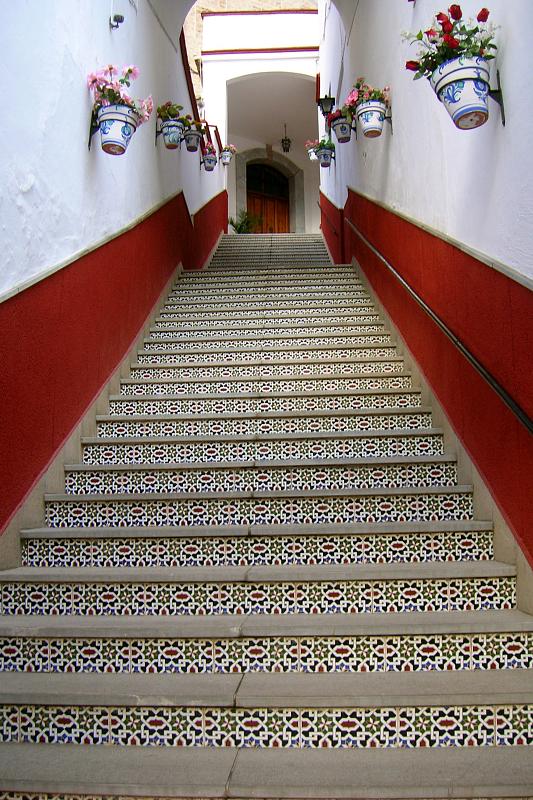
Staircase leading to a school in Albaicín

A garden in Albaicín with a collection of charming ceramic plates typical of the area.

Near the Mirador de San Nicolás in Albaicín.
Wandering west of Albaicín:

The bazaar near calle Elvira
Strolling along the Darro river:
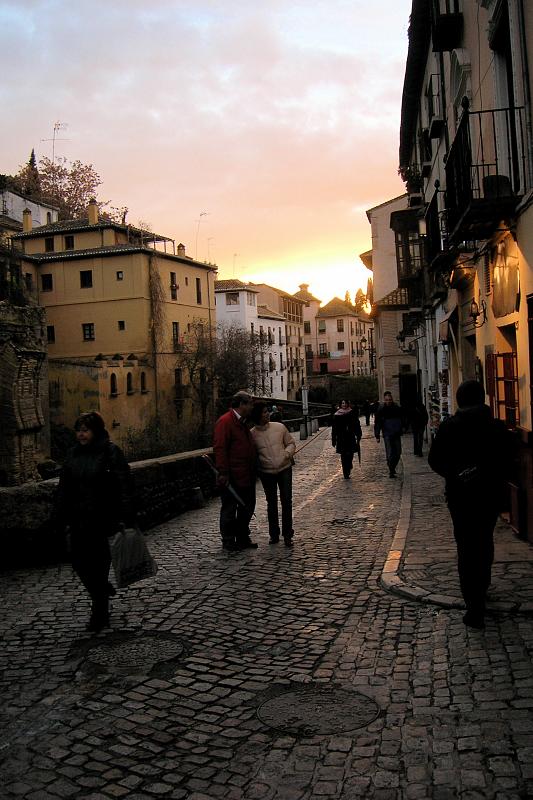

Carrera del Darro, known as the most romantic street in Granada, at sunset.
Back to the hostel:

A view of the cathedral from our hostel's rooftop at sunset.

A gypsy cave with two chimneys near the old wall.

A gypsy cave, campfire, and assortment of furniture.

A spectacular view of the Alhambra and mountains from the top of sacromonte.

At the gate to the Museo de Sacromonte... a dog skull with a gypsy cave in the background.

Along Camino del Sacromonte.
Wandering around Albaicín:

Staircase leading to a school in Albaicín

A garden in Albaicín with a collection of charming ceramic plates typical of the area.

Near the Mirador de San Nicolás in Albaicín.
Wandering west of Albaicín:

The bazaar near calle Elvira
Strolling along the Darro river:


Carrera del Darro, known as the most romantic street in Granada, at sunset.
Back to the hostel:

A view of the cathedral from our hostel's rooftop at sunset.
All photos by me, taken around Christmas time 2007.
For the next post in this series on Granada, I'm posting a photo essay on the amazing urban art that covers the stairway to Mirador S. Cristobol. So stay tuned.

